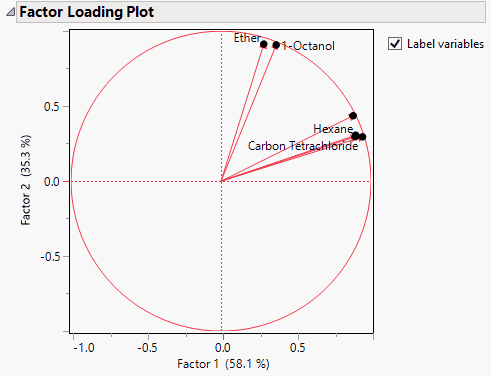Factor Analysis
Identify Latent Variables in Your Data
Factor analysis seeks to describe observed variables in terms of a smaller number of (unobservable) latent variables, or factors. Factor analysis is also known as common factor analysis and exploratory factor analysis. The factors are defined as linear combinations of the observed variables (plus error). They are constructed to explain variation that is common to the observed variables. A goal of factor analysis is to find a meaningful interpretation of the observed variables in terms of the unobserved factors. Another goal is to reduce the number of variables.
Factor analysis is used in many areas, with roots in psychology, sociology, and education. In these areas, factor analysis is used to understand how observed behavior can be interpreted in terms of underlying patterns and structures. For example, measures of participation in outdoor activities, hobbies, exercise, and travel, might all relate to a factor that can be described as “active versus inactive personality type”.
Use factor analysis when you need to explore or interpret underlying patterns and structure in your data. Also consider using it to summarize the information in your variables using a smaller number of latent variables.
Figure 9.1 Rotated Factor Loading
